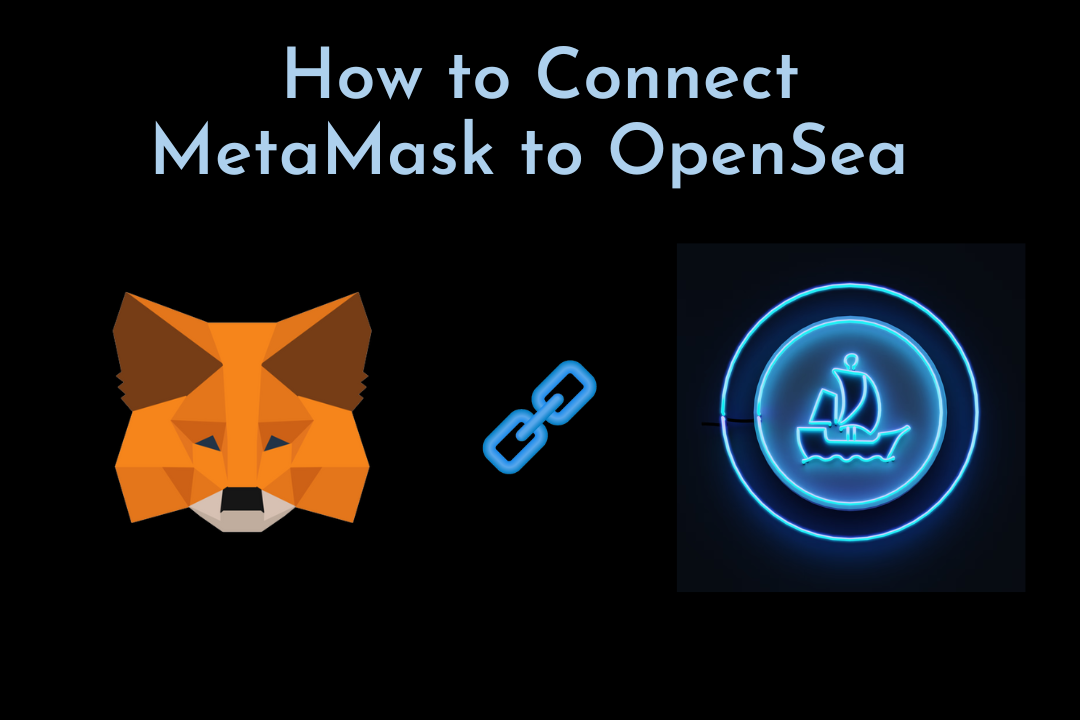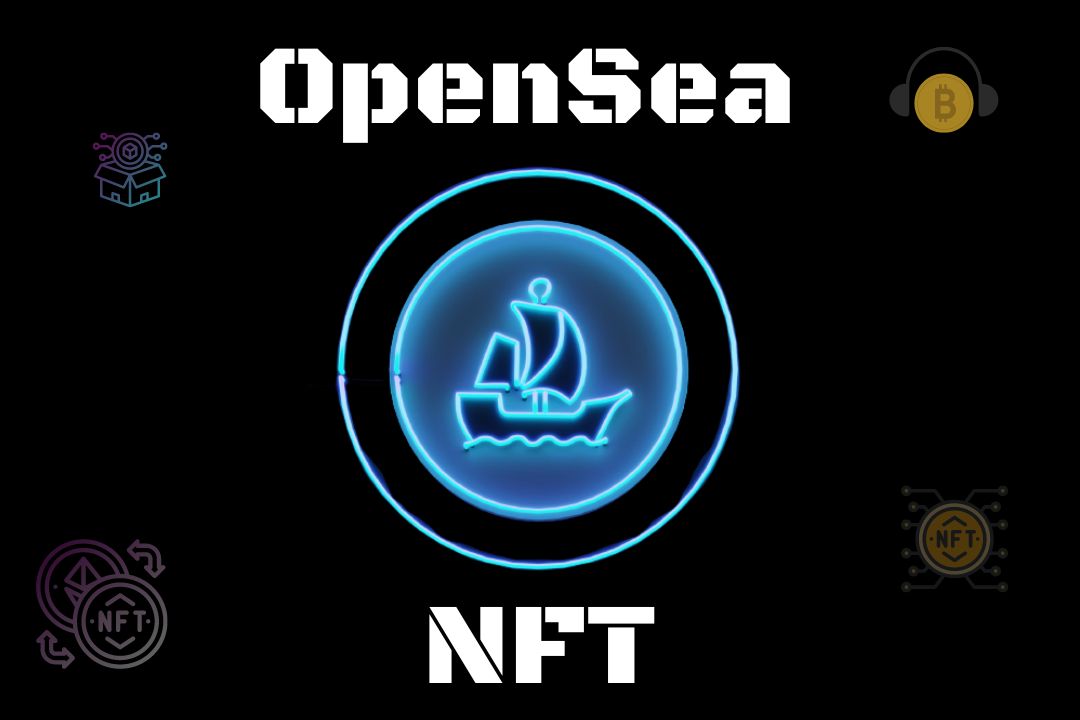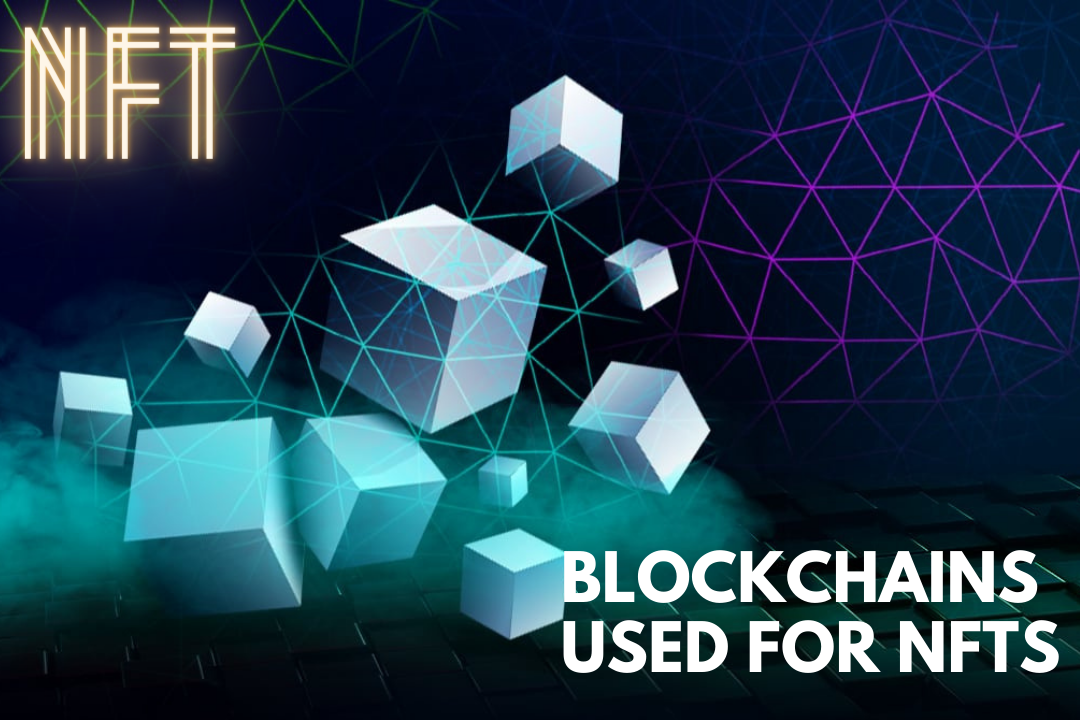The emergence of cryptocurrencies in recent years has fundamentally changed how we view money and property. NFT coins are distinct and non-interchangeable, in contrast to the majority of cryptocurrencies, which are fungible and interchangeable. People are using NFTs to represent digital art, music, and other creative works. They have attracted a lot of attention in the art world. We will look into the world of coins and how they operate in this article.
What are NFT Coins?
People use NFT coins as a specific type of cryptographic token to represent a particular digital asset. It is distinct and non-transferable, in contrast to other cryptocurrencies like Bitcoin, which are fungible and interchangeable. Each NFT coin is a representation of a particular asset, such as a piece of digital art, an item from a video game, or a collectible.

How do NFT coins work?
Designing an NFT Coin:
- To create an NFT coin, people first select the digital asset they wish to represent, such as a work of art or a tweet. They then transform the digital asset into a unique digital token connected to a smart contract on the blockchain network. The smart contract discloses all information related to ownership, characteristics, and history of the NFT coin.
Keeping NFT Coins:
- After creating the NFT coin, the blockchain network stores it alongside all other transactions that occur there. This ensures that the ownership of the NFT coin is transparent and unalterable.
Purchasing and Selling:
- Online marketplaces usually offer NFT coins for sale, where customers can place bids or purchase them directly. When someone buys an NFT coin, the ownership of the digital asset transfers to them on the blockchain network. The buyer can then display or use the digital asset as they wish, while the ownership of the NFT coin remains secure on the blockchain.

NFT Coins Benefits
Due to their potential to fundamentally alter how we view ownership of digital assets, NFT coins have attracted a lot of attention in recent years. The following are some advantages:
Establishing the legitimacy and ownership of digital assets:
- The ability to demonstrate ownership and authenticity of digital assets is one of the main advantages of coins. This is especially helpful in the world of art and collectibles, where it can be challenging to establish ownership and authenticity. Provenance and authenticity are essential to the work’s value in the conventional art market.
Digital assets for profit:
- The ability to monetize one’s work is another benefit that coins offer to artists and content producers. Artists can sell their work to collectors who can then validate ownership of the work by purchasing an NFT coin that serves as a representation of the work. For artists and content producers who previously might have had difficulty making money off of their digital assets, this opens up a new revenue stream.
Giving creators and collectors new opportunities:
- NFT coins have opened up fresh possibilities for designers and collectors. NFT coins give creators a fresh platform to display their work and connect with new audiences. Additionally, NFT coins have opened up new possibilities for collectors to acquire rare and priceless digital assets that were previously challenging to authenticate and keep track of. As a result, new markets for NFT coins have appeared, as well as new communities of collectors and enthusiasts.
Improved security and transparency:
- Blockchain technology produces NFT coins, thereby increasing transparency and security. The blockchain documents every transaction involving an NFT coin, making it transparent and verifiable. Blockchain technology adds an extra layer of security for creators and collectors by making it difficult to duplicate or counterfeit NFT coins.
Possibility of rising value in the future:
- The value of NFT coins may rise over time, just like that of traditional works of art and collectibles. The value of coins is probably going to rise as there is more demand for them and less supply of special digital assets available. Some high-profile NFT transactions, such as the $69 million sale of Beeple’s “Every day: The First 5000 Days,” have already demonstrated this.
Concerns with NFT Coins
Like any investment, NFT coins carry associated risks. The volatility, fraud and scams, and environmental impact of coins are some of the most notable risks they carry.
Volatility:
- Volatility is one of the main dangers associated with NFT coins. The value of coins can change quickly, just like that of other cryptocurrencies, depending on factors like market demand. As a result, buying an NFT coin today may turn out to be a speculative investment that could end up being worth significantly less or much more in the future. As it is difficult to forecast their long-term value, some experts caution that investing in coins may be a risky proposition.
Scams and Fraud:
- The potential for fraud and scams is another risk connected to NFT coins. The NFT coin market is unregulated, which makes it simpler for scammers to take advantage of consumers. For instance, some con artists have produced fake coins and sold them to unwary customers. Others have conned consumers into buying coins that are not what they purport to be by using social engineering techniques. When buying coins, buyers should exercise caution and only buy from reliable sources.
Impact on the environment:
- Some individuals are concerned about the environmental impact of NFT coins. Similar to other cryptocurrencies, NFT coins operate and trade on blockchain networks that consume a lot of energy. Several experts warn that the energy consumption required to sustain blockchain networks could have a substantial environmental effect. Given that NFTs have no intrinsic value beyond their symbolic representation, some claim that the energy consumption associated with coins is wasteful and unnecessary.

NFT Coins’ Future
The future of NFT coins is uncertain, but many industry experts believe that They will play a significant role in the creative and artistic sectors. Coins’ market may expand and change as more artists and creators adopt them, opening the door to innovative new applications for this technology. The market may eventually become more stable and predictable as the excitement surrounding coins fades, though. Coins are still in their infancy on the market, and their future is uncertain. However, as described below, there are a few possible paths for the market to take.
Higher Adoption and Integration:
- In the future, it is possible that NFT coins will become more prevalent and integrated into various industries. While the initial buzz around coins was focused on the art world, they have the potential to be employed in several contexts, including gaming and sports. For instance, coins could symbolize exclusive video game items or sports collectibles.
Standards-Setting and Regulation:
- Standardization and regulation may develop as the market for NFT coins expands. Some of the risks connected with coins, like fraud and volatility, might be addressed as a result of this. The ability to trade and use coins in various markets may also be facilitated by standardization.
Compatibility with DeFi:
- Coins may work with DeFi, which could potentially lead to the development of new financial services and products. For instance, coins could be utilized to create derivative products or as loan collateral.
Environmental issues and sustainability:
- Some people are concerned about the environmental impact of coins, as was previously mentioned. Initiatives to lessen the environmental impact of blockchain networks will likely be necessary if the market for coins is to keep expanding.
Creative thinking and innovation:
- Finally, innovation and creativity will probably be the main forces behind the development of coins. New and intriguing use cases will have the chance to develop as more people get involved in the market for coins. For instance, could be used to symbolize distinctive activities or occasions or to establish brand-new markets for digital assets.
Overall, despite the uncertainty surrounding coins’ future, there is a chance that these tokens could have a big impact on a range of industries. Although the coin market is still developing, it will be interesting to watch how it changes over the coming years.

How are NFT coins sold?
NFT coins are sold on online markets that are dedicated to the buying and selling of coins. OpenSea, Nifty Gateway, and SuperRare are three of the most well-known online marketplaces for coins. These marketplaces enable users to browse a variety of coins, view information about each one, and make purchases using cryptocurrencies.
Auction Method:
- Sellers typically offer coins for sale through an auction process, where buyers place bids on the coin until the auction concludes. During a predetermined period of the auction process, buyers can submit bids on the coin.
Fixed-Price Sales:
- Coins can be purchased through fixed-price sales in addition to auctions. In a fixed-price transaction, the seller determines a price for the NFT coin, and customers can buy it at that price.
Royalties:
- NFT coins can be programmed to include royalty, which is one of their special characteristics. In the case of the NFT coin, royalty is a portion of each sale that goes back to the original seller or creator. For those who produce and trade coins, this offers a steady stream of income.
Commissions:
- A portion of the sale price is typically paid to the coin seller, and the marketplace also takes a commission. The marketplace may charge a commission, which typically ranges from 2.5 to 5% of the sale price. This commission pays for all of the expenses associated with running the market, such as server costs, processing fees for payments, and customer support.
Examples of NFT Coins
With so many new coins entering the market, It has recently attracted a lot of attention. As we approach 2023, these are some of the most well-liked and exciting coins.
MANA – Decentraland:
- The creators of Decentraland built a virtual reality platform on the Ethereum blockchain. Users can not only generate revenue from content they create but also buy and sell virtual land on the platform. All transactions on the Decentraland platform use a native token called MANA.
SAND – The Sandbox:
- The Sandbox is a gaming platform that lets users produce, distribute, and earn money from their original games and experiences. Additionally, The Sandbox intends to integrate with other well-known gaming platforms, which could raise the token’s value even more.
XTZ – Tezos:
- Tezos is a blockchain platform that focuses on security, scalability, and on-chain governance. Users can stake the XTZ token to validate transactions and receive rewards. Additionally, Tezos’ asset tokenization capabilities make it a suitable platform for NFTs.
THETA Token – Theta Network:
- Theta Network is a decentralized video streaming platform that enables users to gain rewards for pooling their data transfer and computing power. The THETA token fuels the Theta Network and serves as a motivator for users to engage with it. With significant partnerships in the media and entertainment sectors, Theta Network has a bright future.
AXS – Axie Infinity:
- Axie Infinity is a blockchain-based game in which players amass, breed, and engage in combat with fictional creatures known as Axies. Users can use the AXS token for in-game purchases and to participate in governing the Axie Infinity ecosystem. The AXS token is a promising investment because the game has a sizable following and is becoming more and more well-liked.

New and creative will undoubtedly appear as long as the market is growing. Investors should conduct thorough due diligence and carefully weigh the advantages and potential risks of each NFT coin before making a purchase.
 FINANCE Finance for Wealth
FINANCE Finance for Wealth




